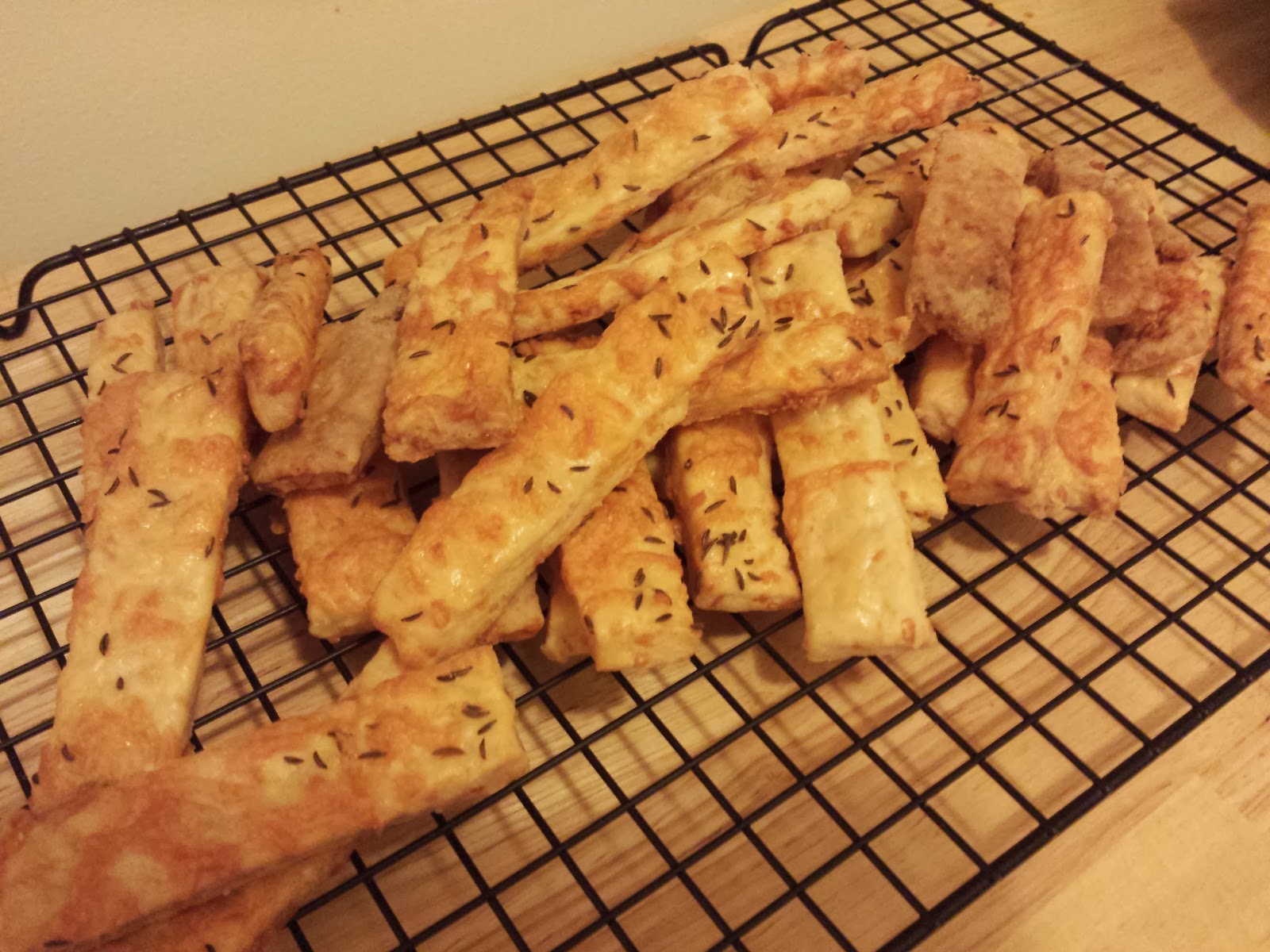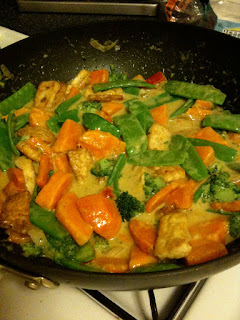Rolled Rump Roast Braised in Wine
Coming face-to-muzzle with one of North Woods Ranch’s cows, I instinctively think, “These are enormous creatures.” Yet, from my culinary mindset, my thoughts immediately transition to the recognition that there is so much more than just steaks and ground beef. One of the goals I have for this blog is to remind everyone of the less common cuts of meats, moving the cuts that might seem to be on the periphery of your mind to the center of your plate.
Here is a beautiful rolled rump roast from one of North Woods Ranch's Scottish Highland cows. The rump roast sits right above the leg of the cow, where the leg meets the round on the back of the animal. This is a very dense cut of meat without much fat to it, so it takes very well to braising. The rolled rump roast is totally boneless, so when it is sliced and served, it results in nice, thick cuts of meat.
Previously, I’ve written about making and using stocks as a way to add extra flavor and richness to recipes. Another option is to use wine or beer as a braising liquid. A full bodied red wine, such as a cabernet, syrah, or rioja, is a great choice to pair with grass-fed beef. These wines are generally robust enough to stand up to the flavor of the beef, but not overly acidic or tannic to overpower that lovely meat.
Making Rolled Rump Roast Braised in Wine
To start, salt the meat all over and then brown the rolled rump roast in an oven-safe pot on the stovetop. Depending on your preference, you can use oil, butter, or lard. Don’t worry about the netting on the meat – it is oven safe, and you can brown the roast with it on. Once the roast is browned, remove the roast from the pot and add in onions, carrots, and celery until they are browned (much like the braised short ribs but instead of stock, add half a bottle of wine). Once the veggies have finished browning, return the roast to the pot and add in the wine. I suggest using a basic, good wine you wouldn’t mind drinking; a very cheap wine that’s acidic or harsh can result in a sour-tasting dish. Use the wine to deglaze the bottom of the pot, scraping up all the browned bits while you add the wine.
Next, add a bit of stock or water to just cover the roast, along with some bay and a sprig of rosemary. Bring this to a simmer on the stove top, and then put in a 350 F oven. Just like with the short ribs, I like to keep reducing the heat by 25 degrees every hour or so until I hit 300 or 275 F, keeping the liquid at a gentle simmer. Alternately, you can pop this little bundle of beefy joy into a crock pot and let it ride out its cooking throughout the day or overnight.
After about 6-8 hours (depending on the size of your roast), the roast should be tender enough to separate some strands of meat with a fork. If you’re still getting resistance and the meat seems tight and dense, give it another hour or two of gentle heat. Once the roast is giving and soft, you can refrigerate it overnight to let the flavors mellow or bring it to the table to cool and serve. After hours of simmering, you can give the sauce an extra shot of flavor by adding some fresh rosemary and black pepper.
When serving, I like to cut the rolled rump roast into thick slices, then spoon sauce over each slice. Here, I served it with boiled potatoes and white turnips. The potatoes are just buttered, but I added a bit of apple cider vinegar on the turnips to tame their bitterness.
Voila! A sometimes overlooked rump roast becomes a perfect centerpiece for a holiday feast!
Recipe at a Glance:
- 3-4lb rolled rump roast
- 1/2 bottle of red wine
- 2 medium onions, chopped
- 3 carrots, peeled and chopped
- 3 stalks celery, sliced
- 2-3 garlic cloves
- 12-16 oz stock (enough to cover roast)
- 1 large sprig of rosemary
- Salt and pepper to taste
Once vegetables are browned, add garlic and cook for one minute. Return roast to pot, along with any juices the roast may have dripped out.
Pour wine into pot and stir up the bottom of the pot to deglaze. Add stock to cover and bring to a simmer on the stove top. Once the wine and stock are simmering, cover pot and place in oven. Braise for 6-8 hours, slowly reducing heat to keep the liquid at a gentle simmer.
Once tender, remove from oven and let rest for 30 minutes or so before cutting up. Add in fresh rosemary. Serve with boiled vegetables, roasted squash, or buttered noodles. Enjoy with remaining half bottle of wine, if it lasted this long.
-3.JPG)
.JPG)
.JPG)
.JPG)


Comments
Post a Comment